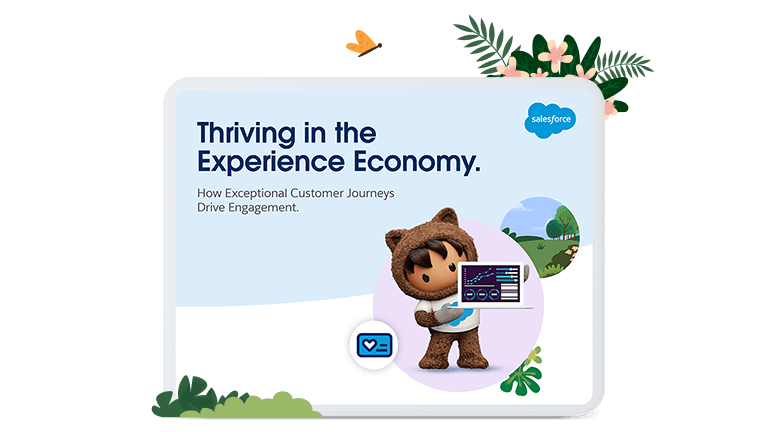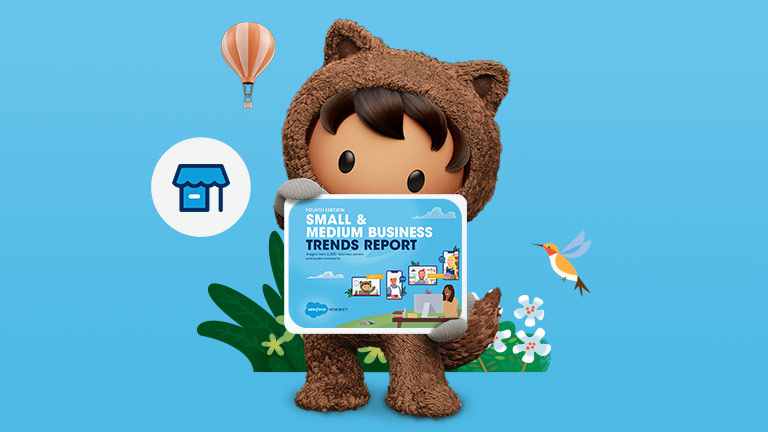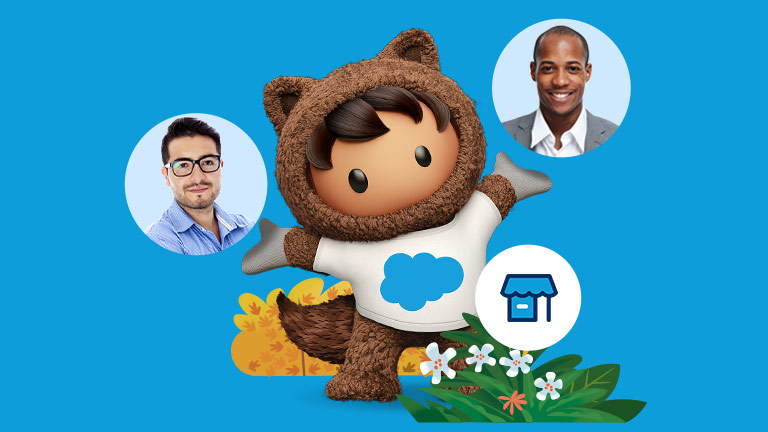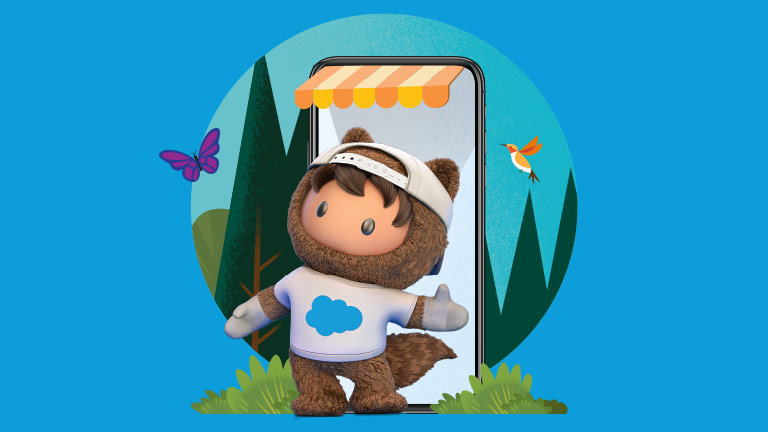Brand management isn’t just for big businesses. While Apple, Starbucks and Ikea may be famous for their branding, plenty of small businesses are carving out a place in the popular imagination too. Quirky, unique businesses like Death Wish Coffee (the world’s strongest coffee), Lucy & Yak (solar-powered factories and living wages) and Lune Croissanterie (futuristic baked goods) are becoming household names by highlighting what makes them special. Other businesses, like Barcelona-based Folklorious and German brewers AND UNION, are creating striking visual identities that have turned their packaging into hangable art rather than rubbish or recycling.
For small businesses, branding is their public face. It’s what differentiates them from competitors. It’s what connects them with their customer base. And it’s what keeps the workforce aligned and onside. Branding isn’t just marketing – it’s identity. Let’s look at how small businesses can build and manage a brand from the ground up.
Creating your North Star – the benefits of small business brand management
Good brand management is crucial for making emotional connections with the customer and standing out from the crowd. Just as importantly, branding can create a North Star for your organisation. It can help drive long-term loyalty, reduce marketing costs and improve employee engagement and retention.
Here are some of the benefits that small businesses can unlock through good brand management:
Better awareness reduces digital marketing costs and attracts customers organically.
Increased customer retention, meaning lower customer acquisition costs.
Better flexibility. By creating an overarching brand, businesses don’t need to spend as much on branding individual products or services.
Increased brand equity.
Keep up with larger competitors through better branding and by building more personal connections.
Branding is how your business presents itself to the world. In many ways, it’s how it looks, sounds and feels. Branding includes everything from how it frames its products and services, to its tone of voice, visual identity and values.
How is branding different from marketing?
There is some overlap in marketing and branding, as your brand management will go a long way towards determining how you create and deploy marketing campaigns. That being said, there are some notable differences.
Marketing is how you sell. Branding is what you are. Marketing is highly flexible, as campaigns are adapted to changing times and different audiences. On the other side of the coin, branding is your business’s bedrock. It’s what defines your organisation’s vision, values, products and mission – from now until forever.
From inception to infinity: 7 tips for brand management from the ground up
1) Know your target audience. Your branding should be in line with the values and lifestyles of your target audience. For example, if your prime market is between the ages of 18-24, your branding probably shouldn’t focus on being a heritage product. Instead, it might focus on its mission-driven values or ethical practices. Or it might focus on its irreverent voice or its bold design. Your business’s tone of voice – and the channels through which it delivers it messaging – should also align with your target audience.
2) Choose a name. Choosing a brand name might seem imposing. After all, this is a decision that will define your company forever. But some company names, such as Häagen-Dazs, are nonsensical, while others like IBM (Intelligent Business Machines) are just simple initialisms. So while choosing a name is important, it doesn’t have to be difficult. You can choose a name by looking for something personally meaningful. Or, if you’re a laid-back lifestyle brand, you can look for something quirky or fun. Nike was named after the Greek goddess of victory. Pizza Hut was given its moniker because only 9 letters could fit on the restaurant’s sign.
3) Tell your story. When it comes to your business, what makes you, you? Do you have a funny or inspiring story about how the business was founded? Was the business created to fill a gap in the market? Was it formed around a single product or service? Are you driven by social issues? Is your business incredibly customer-centric? By showing the story (and people) behind the brand, you can create better relationships with your customers. For instance, Patagonia’s story is also its raison d’etre: “We’re in business to save our home planet”.
4) Put your USP in the spotlight. Sometimes a business’s story or mission is its differentiator, or what separates it from its competition. Other times it’s a unique product or its customer service. Sometimes, it’s even its fun messaging or quirky voice. Ask yourself what separates your business from your competitors’. What do you do differently? What do you do better? The answer is your USP, or unique selling proposition. This differentiator can provide a central theme to build a brand around. Remember, though, to make sure your USP is customer-centric and highlights the benefits of your business.
5) Lock in your visual identity. Your visual identity is vital to successful brand management. After all, if your aesthetics look dated, you’ll have a hard time positioning yourself as a forward-thinking brand. Or if your visual identity is quite vibrant and playful then you may have limited appeal as a luxury brand. Your visual identity will need to match your target audience and your voice (see below) in order to create a complete package. Things like colour palettes, fonts, logos and images are all important considerations. Some design-forward brands even compete on visual identity rather than products.
6) Decide on your voice. Once your aesthetic is locked in, you’ll want to make sure your brand voice is aligned. If your business is based on tradition, expertise or thought leadership, you may have a different tone of voice than if you’re a youthful start-up targeting Gen Z. Your voice will infuse everything from your marketing and social media to your slogan and your content. Using slang and humour may work well for a tee-shirt designer in Canal Saint Martin, but might not be appropriate for a financial firm in La Défense.
7) Create a strategy for brand management. Once your brand is established, you’ll need to carefully monitor its messaging and reputation.
Here are a few things to look for when managing your brand.
Keep an eye out for new opportunities.
Look at the engagement levels of brand assets, and tweak where needed.
Monitor your fanbase and nurture a community of brand advocates and promoters.
Listen in on social media and measure engagement.
Look at how and where your competitors are building their brand. Are they using any strategies you haven’t considered? Do you need to adjust your brand messaging to account for their positioning?
Create content that highlights your brand and adds value to the customer. See what mediums and channels best suit your brand and audience. For instance, you may want to consider a podcast if you’re a creative company, or create some DIY videos if you’re a roofing company.
Look at how the customer experience can be improved to drive positive feelings about your brand. Could chatbots help? Can you use your loyalty programme to build better long-term relationships?
Turbocharge your brand management toolkit
To spread your message and expand your brand’s reach, you may want to consider bringing in some new digital tools. Sales Cloud can help you get closer to your customer, while Marketing Cloud can help you deliver the right message to the right person at the right time.
To see more about how digital tools can help your business build better customer relationships, check out our eBook, CRM – A Recipe for Success.







